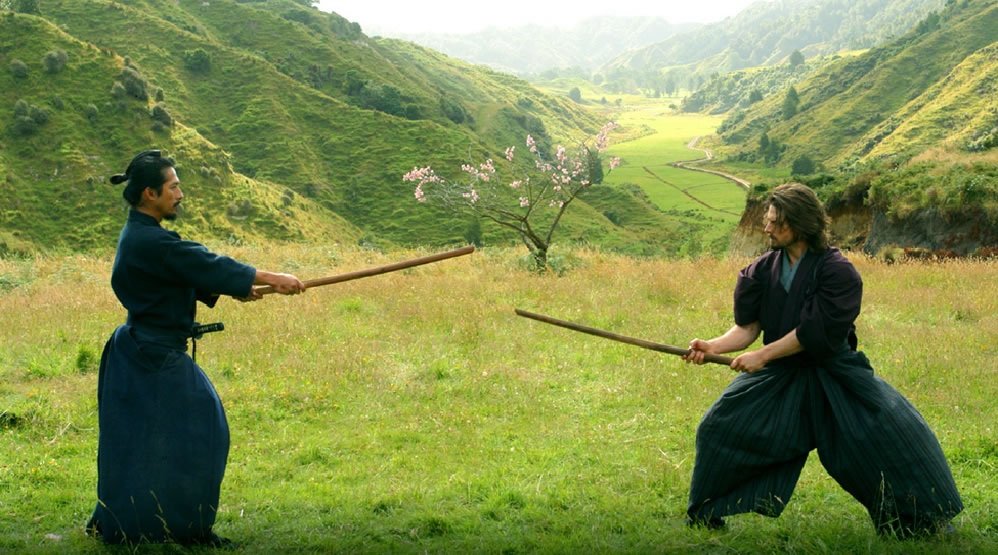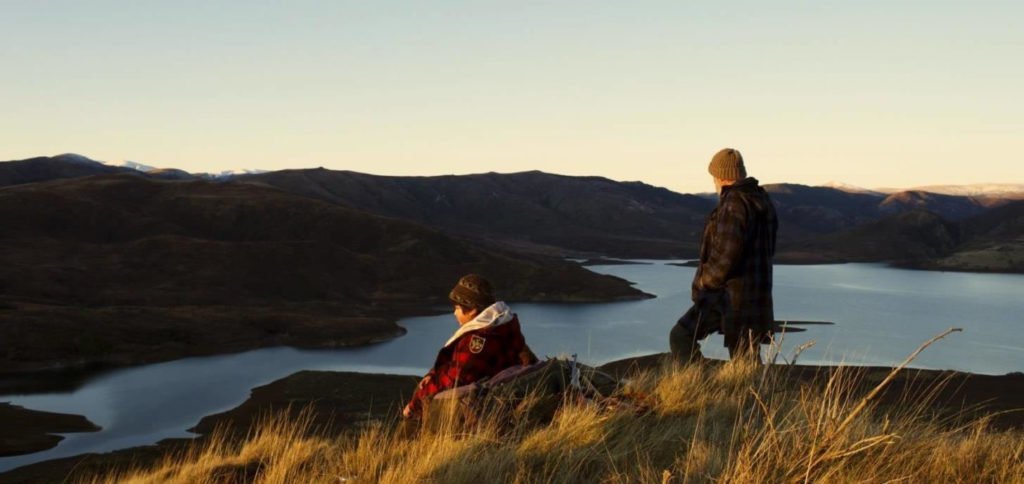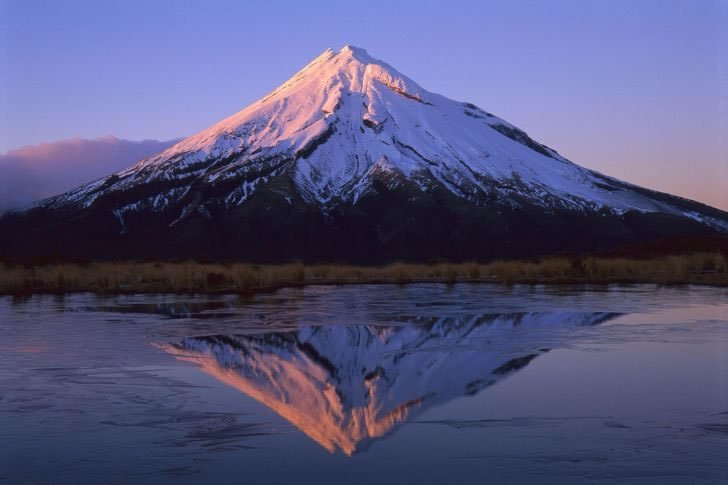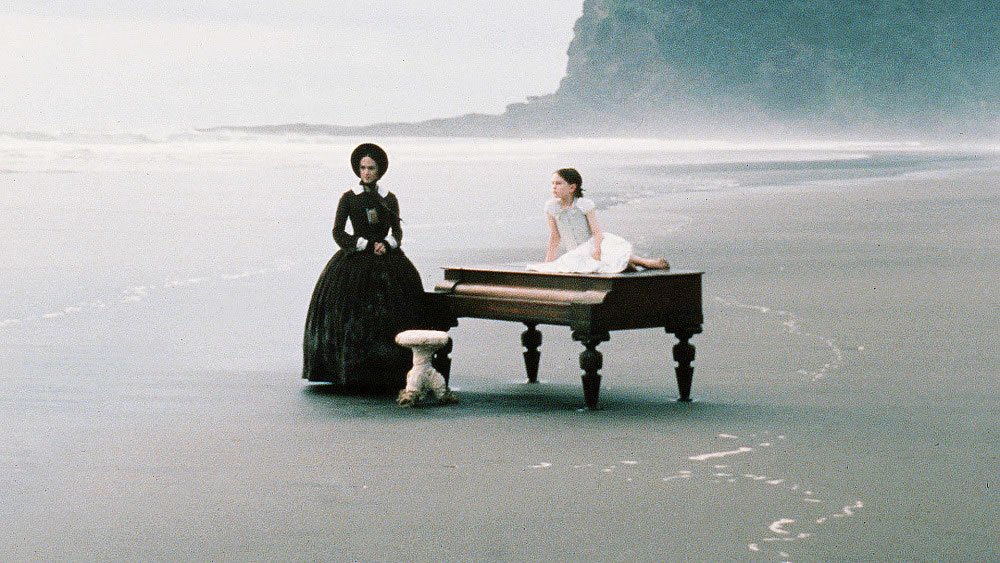If you’ve visited New Zealand and felt as if you were in a movie, you were probably right.
New Zealand has several incredible film locations spread across the country that deserve a place on your bucket list.
Actors and directors alike, are falling for the dramatic landscapes. Numerous movies loved by so many have been produced right here. LOTR, The Hobbit, King Kong, Avatar and Mission Impossible, just to mention a few.
NZ has been named the world’s top destination for film several times.
As a result, the film industry is just becoming stronger.
If you’re looking for those fairy tale views, you’re in the right place. Here are 4 beautiful North Island Movie Locations to add to your to-do list.
4. Mt Taranaki – The Last Samurai directed by Edward Zwick
 Photo: apotpourriofvestiges.com
Photo: apotpourriofvestiges.com
The Last Samurai took the world by storm when it first was released in 2003. It was different, and received positive reviews for everything from the writing and directing, to the acting, its visuals, costumes and messages. It was nominated for several awards, including three Golden Globe Awards.
The main character, an American military officer hired by the Emperor of Japan with the mission to train the country’s first army, is played by Tom Cruise.
Taranaki’s landscape and the mountain’s resemblance to Mt Fuji, the highest mountain in Japan, led it to be selected as the location for the motion picture. Several other locations were also featured in the movie, most noteworthy Port Taranaki, acting as a Japanese fishing village. Now, that says a bit about the landscape.
The region has had a strong Māori presence for centuries, and is therefore a great place to make genuine connections to the indigenous culture.
Moreover, Taranaki is a surfing mecca with its semi-circle coastline, collecting 180 degrees of ocean swells. The surf is always pumping on at least one of the local beaches. Tom got the chance to indulge in his passions for surfing and horse-riding in between filming.
You can hike Mt Taranaki all year round, in the right weather conditions. In winter avalanches may be an issue. The summit of Taranaki is considered a challenging hike that requires proper equipment and mountaineering experience. Besides Taranaki, there are several other tracks nearby. Ranging from relaxed coastal walks to multi day hikes through native forests – you can even try surfing and snowboarding in the same day.
3. Cathedral Cove, Chronicles of Narnia: Prince Caspian directed by Andrew Adamson
Cathedral Cove is arguably one of the most picturesque spots in The Coromandel. The Chronicles of Narnia put Cathedral Cove on the map for travelers from all over the world, who come to experience this beautiful cove with its air of grandeur for themselves.
This is where the siblings discover the ruins of Cair Paravel.
Once you’re here, there are many scenic walks and boat trips to choose from. Take a kayak trip with a local guide to get better views of the natural rock formed archway, and an understanding of the important history of the area. The views will, as you might have already figured, make you want to take pictures at every turn.
If you’re a foodie, note that seafood is a regional specialty. This is the place to treat yourself to the freshest delicacies such as mussels, oysters and scallops, all sustainably grown. You can even dive for yourself.
You can visit Cathedral Cove during all seasons. I personally think May-October is a great time if you wish to enjoy its stunning beauty with lesser crowds, resulting in a more secluded experience.
2. East Cape, Hunt for the Wilderpeople directed by Matt Noonan and Taika Waititi
 Photo: Adventures in Poor Taste
Photo: Adventures in Poor Taste
The easternmost point of the main islands lets you experience many things you can’t experience in any other place of the world. Why not be the first one to watch the new year’s sunrise?
The NZ film Hunt for the Wilderpeople, based on the book Wild Pork and Watercress, shows off the natural beauty of the East Cape when city kid Ricky starts a new life in the New Zealand countryside.
Drive the East Cape, Gisborne – Opotiki, a scenic road trip full of gorgeous beaches, history and culture. Stop at destinations such as Tokomaru Bay, Tolaga Bay (where you’ll find the longest concrete wharf in the Southern Hemisphere), and of course, the East Cape Lighthouse.
You won’t regret it.
The Surf Highway 45, from New Plymouth to Hawera, is another dream come true. Not only because of the amazing surfing spots, but also for the incredible selection of galleries, artist-studios and unique highlights along the way, such as the Egmont National Park.
The East Cape reveals a world of sun-drenched beaches without the big crowds. A rugged coastline full of secluded, hidden bays. Above all, it’s a place with a rich cultural heritage, not yet commercialized.
A great time to visit is in the late spring/summer, between October- April.
1. Karekare Beach, The Piano directed by Jane Campion
Located less than 1 hour away from Auckland’s downtown, the virgin landscapes and natural beauty of Karekare beach has attracted millions of tourists ever since it made its film break-through in The Piano 1993.
And how can you blame them? Come here for surfing, relaxing, walking, or to enjoy a picnic lunch to the sound of the waves. If you prefer calm waters, there are better spots, since Karekare’s waves are so good that it is often described as one of the best surfing spots on Auckland’s West Coast.
The black sand and the rough cliffs contribute to a sense of drama. Once you get there, you’ll understand why Karekare captivates photographers and travelers from all over the world, again and again.
Karekare is an all year round destination, and makes a great add-on to your destination list if you’re planning to spend a few days in Auckland.
—
Are you thinking about visiting NZ to experience your favourite movie’s setting in real life?
Contact us to learn more about the options.
You might also like:



